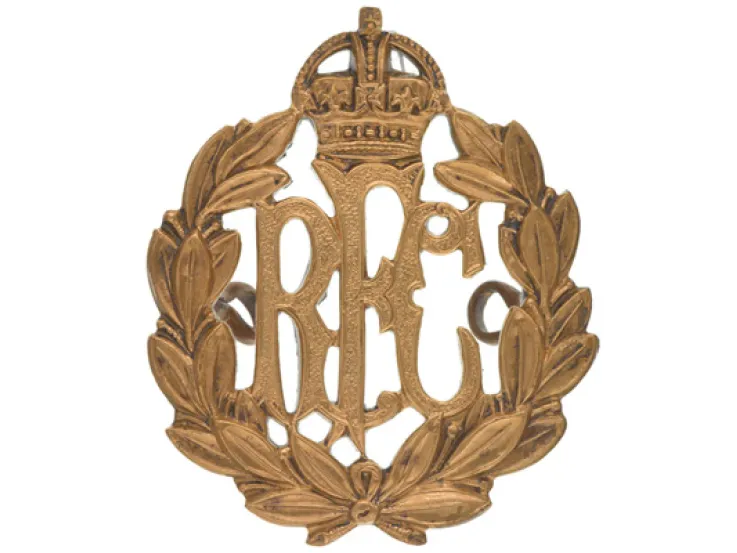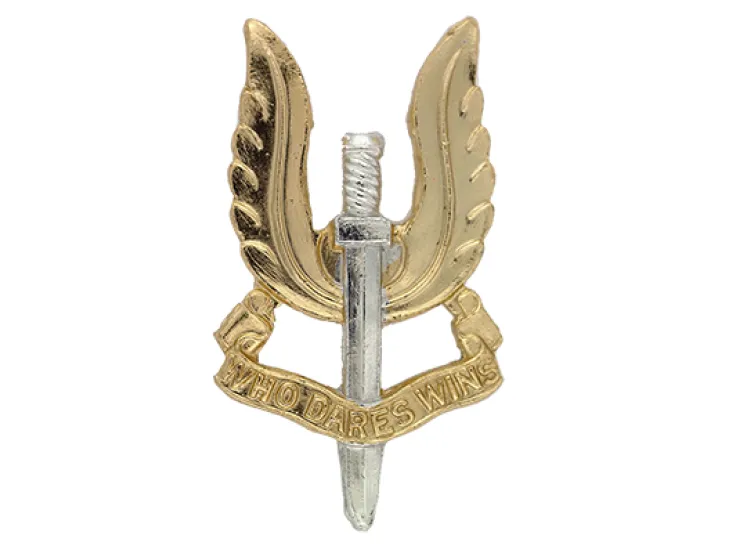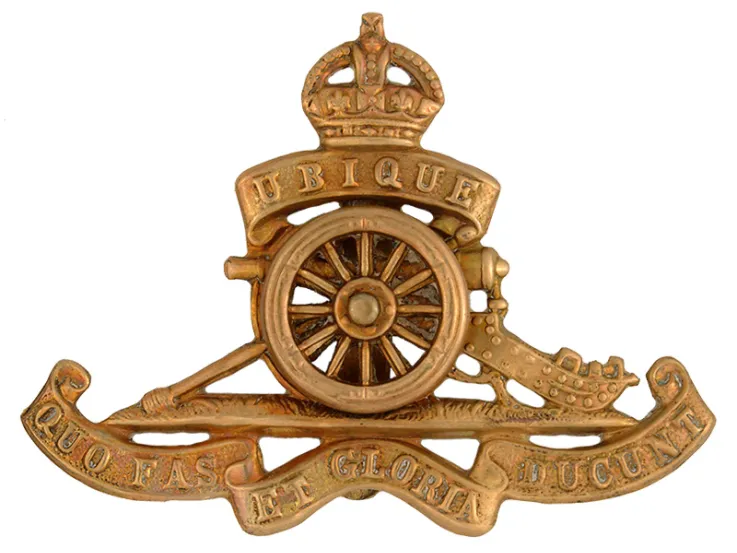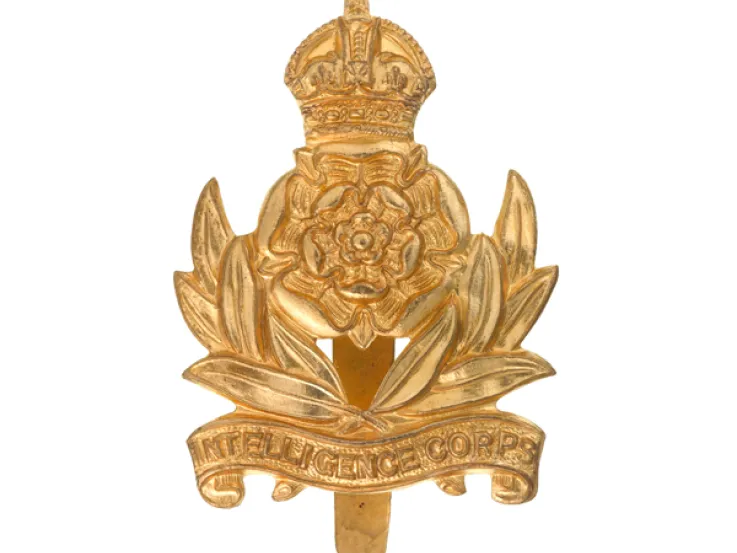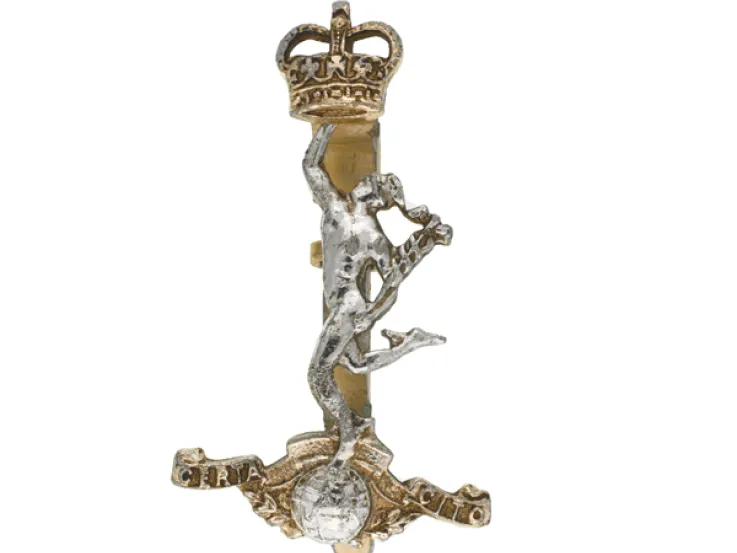Origins
The Army Air Corps (AAC) has had two distinct and very different incarnations. It was first formed on 21 December 1941 as the overall corps for The Parachute Regiment and The Glider Pilot Regiment. It received its Royal Warrant just over two months later.
Its two regiments had only been formed in 1940 and 1941 respectively, in response to the Germans’ use of paratroops and gliders early in the Second World War (1939-45).
The new corps also administered the Air Observation Post Squadrons of the Royal Artillery. These were the successors to the aircraft-flying artillery-spotters of the First World War (1914-18).
Operations
During airborne operations, troops either jumped into action from aircraft or were loaded into gliders with their weapons and vehicles. They were towed to the drop zone by aircraft flown by the Royal Air Force (RAF). The glider pilots then fought as infantry soldiers after landing.
The corps and its constituent units saw action in the airborne landings in Sicily (1943), Normandy (1944), Arnhem (1944) and the Rhine crossings (1945). The Special Air Service (SAS) joined the corps in March 1944.
Post-war
In August 1949, the AAC was broken up. The SAS regained its independent status, while The Parachute Regiment and The Glider Pilot Regiment formed a new Glider Pilot and Parachute Corps.
Many of the glider pilots also had to transfer to flying powered aircraft with the RAF Air Observation Post (AOP) Squadrons.
Reformed
In 1957, The Glider Pilot and Parachute Corps was renamed The Parachute Regiment, while The Glider Pilot Regiment merged its remaining personnel with the AOP's to form a new Army Air Corps. This second AAC soon began to equip with helicopters as well as fixed-wing aircraft.
Initially used for reconnaissance, directing artillery fire and general transport flying, it took on a combat role in Malaya (1948-60), Borneo (1962-67) and Aden (1964-67). It formally became a direct-fire arm in 1972.
The ACC sent detachments to the Falklands War (1982) and the Gulf War (1990-91), and also regularly operated in a counter-terrorism role in Northern Ireland (1969-2007).
The corps first deployed to Afghanistan (2001-14) in 2006. It went on to operate there regularly with 16 Air Assault Brigade. Its offensive role in Afghanistan included the use of Apache AH 1 attack helicopters.
Today, there are nine constituent regiments within the AAC.
Regimental museums
The National Army Museum works with a network of Regimental and Corps Museums across the UK to help preserve and share the history and traditions of the Army and its soldiers.
Discover more about the Army Air Corps by visiting the Army Flying Museum at Middle Wallop.








